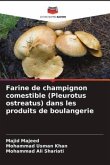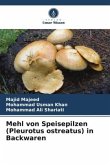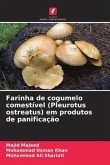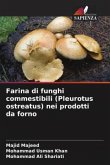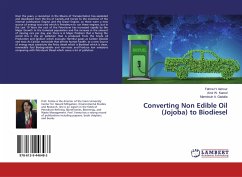Food and Agriculture Organization of the United Nations, has provided the worldwide production of mushrooms that was 3.4 million tonnes in 2007 which shows an increment of about 56% in production from 1997. Most of the mushroom varieties which are used for human consumption belong to family Agaricaceae of class basidiomycetes (Srivastava and Kumar, 2002). Edible mushroom dwell in pivotal place among lower organisms. Mushrooms are simple type of plant life which does not contain enough chlorophyll so they cannot prepare their own food. They are dependent on organic matter and deceased plants. Umbrella shaped mushroom are the most frequent type of mushroom having a pileus (cap) and a stipe (stem). In some of species additionally volva (cup) is present while few of them are like pliable cups, others resemble golf ball. Several are like coral or they look like the shape of small club. Various are like orange or yellow jelly like globs and some mushroom are very much similar to human ear. In fact, countless varieties of mushroom exist on earth.


